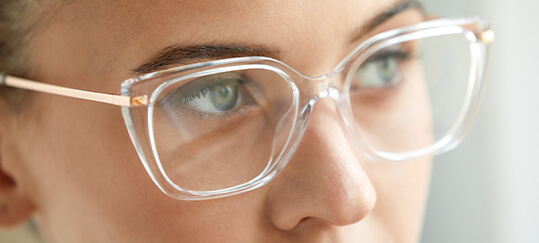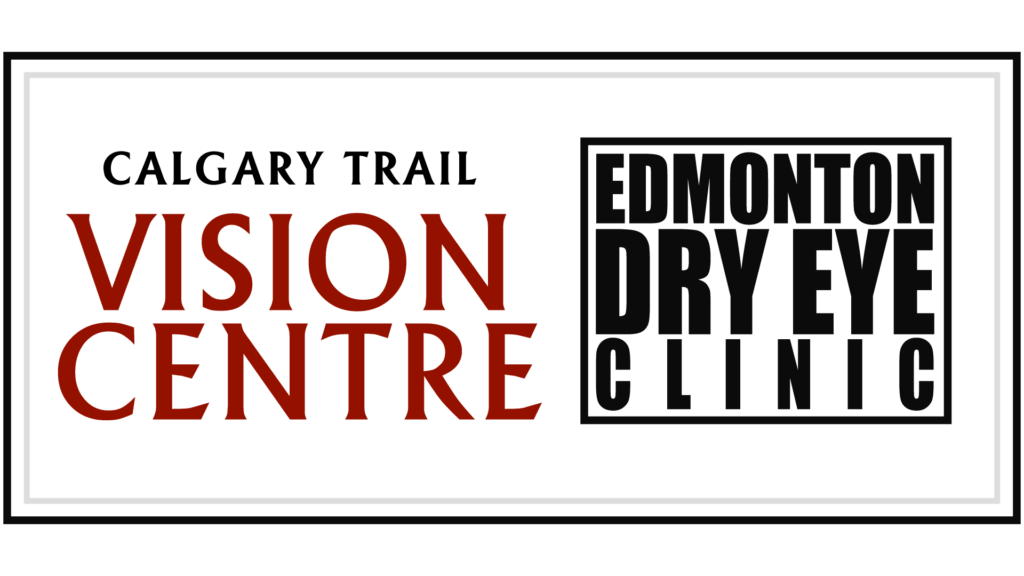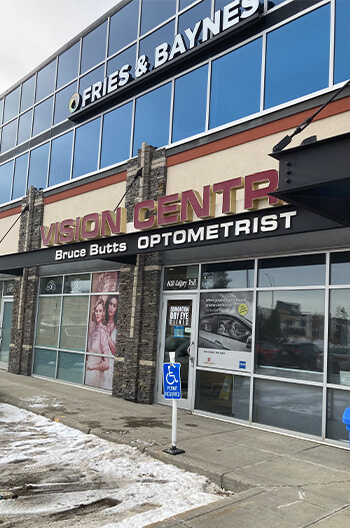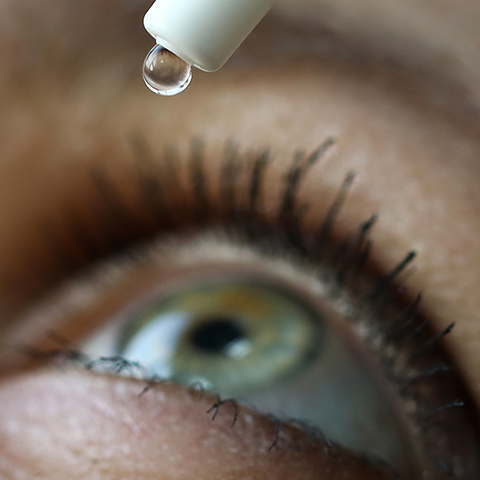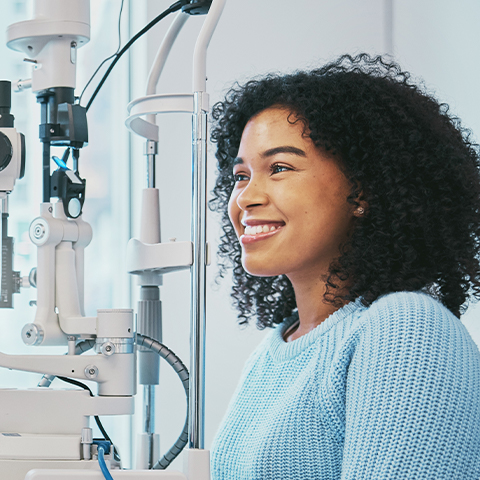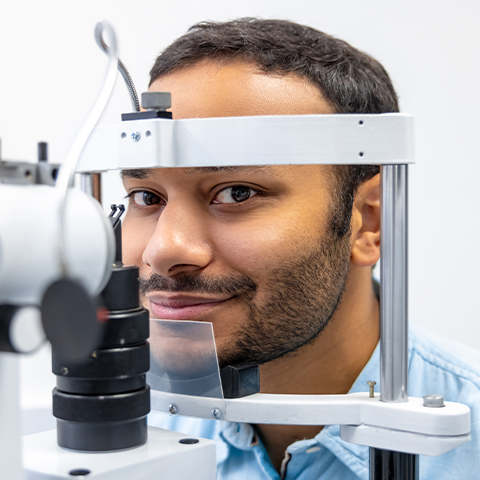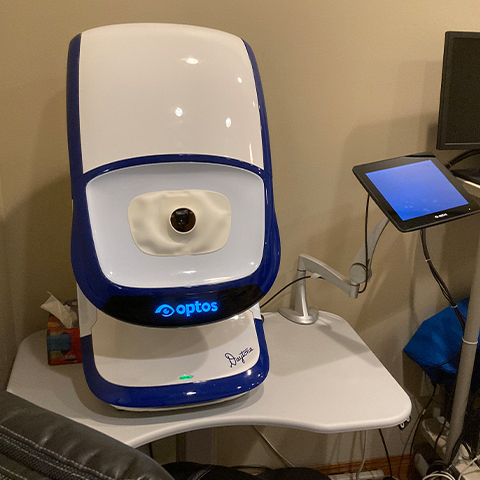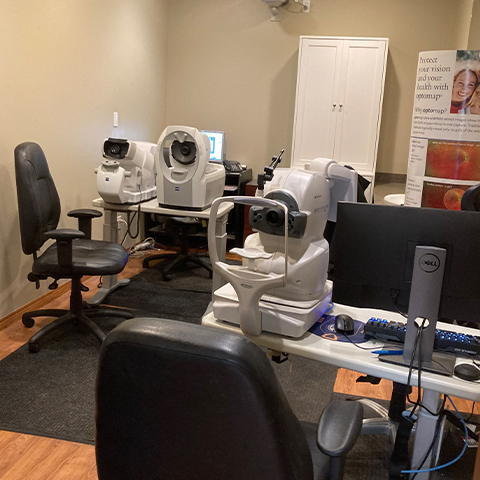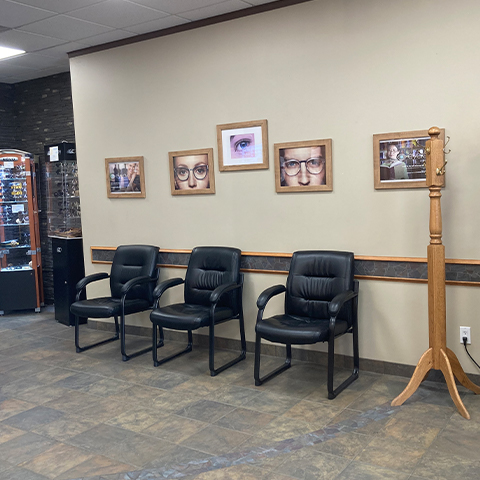Looking After Your Eye Health
Many eye problems develop with few or no symptoms. About 1.5 Million Canadians live with conditions impairing their vision, and an estimated 5.59 million more have sight-threatening diseases. Severe vision loss and blindness can often be prevented with timely detection and treatment. Yet only half of Canadians seek treatment when they experience symptoms.
Comprehensive eye exams and diagnostic technology help us detect early signs, so we can act as soon as possible to preserve sight. Schedule your regular eye exam at our eye care clinic in Edmonton so we can help you and your family maintain healthy vision.
Book AppointmentPrevention Protects Vision
Prevention is the best medicine, so we want to help you and your family implement healthy practices for your eyes. Regular eye exams allow us to personalize recommendations and treatment to maintain healthy vision for years to come.
General tips that benefit vision and eye health include:
- Exercising regularly
- Knowing your risk factors
- Maintaining a healthy diet
- Wearing UV protection
- Quitting smoking
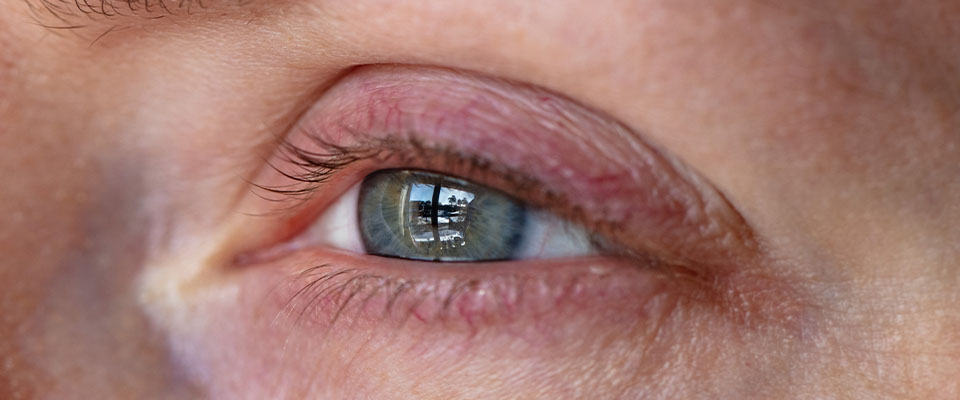
Examining Eye Health
Most eye diseases are diagnosed through a combination of assessments, from discussing your daily experience to examining microscopic changes to eye tissue. Comprehensive eye exams are essential for identifying signs and evaluating symptoms so eye problems receive timely management or treatment.
After identifying an issue, we may perform additional tests to determine how best to provide the care you need.
Regular eye exams can detect many common eye conditions and diseases, including cataracts, glaucoma, diabetic retinopathy, and macular degeneration.
Cataracts
A cataract occurs when the eye’s clear lens develops a cloudy spot, reducing how much light can reach the retina (light-detecting tissue). Cataracts develop slowly, causing increasingly blurred near and far vision.
Visual clarity can be restored by glasses or contact lenses in the early stages. Advanced-stage cataracts can severely impair vision, and patients may benefit from cataract surgery. Replacing the cloudy lens with an intraocular lens (IOL) implant can significantly improve vision.
A cataract exam can help us determine an appropriate plan for your visual comfort.
Diabetic Retinopathy
Diabetic retinopathy occurs when the eye’s blood vessels weaken or grow irregularly due to high blood sugar levels. The blood vessels can leak or bleed, leading to severe vision loss or blindness.
People with diabetes may experience no early symptoms, but central vision can be distorted or blurred as excess fluid causes eye tissue swelling.
Management options include:
- Anti-VEGF injections
- Laser surgery
- Medication
- Vitrectomy
The risk of developing diabetic retinopathy increases the longer you have diabetes. Diabetic eye exams can help monitor eye tissue changes to preserve vision.
Dry Eye
The eye’s surface needs a consistent layer of nourishing tears (the tear film) to stay comfortable, clear, and clean. Dry eye is a disease resulting from tears evaporating too quickly or lacking essential components the cornea needs to stay healthy.
Dry eye can cause:
- Blurred vision
- Burning or scratchy eyes
- Corneal scarring
- Light sensitivity
- Redness or irritation
- Watery eyes
Dry eye treatment can help alleviate symptoms to improve visual quality and eye comfort.
Glaucoma
Glaucoma is a group of eye disorders that deteriorate the optic nerve. The most common form is caused by excess fluid, increasing pressure and damaging the nerve. Vision decreases gradually, beginning with peripheral vision, leading to permanent blindness.
Glaucoma cannot be cured, but management can slow progression to preserve sight. Methods for treating glaucoma include:
Regular comprehensive eye exams evaluate eye pressure and optic nerve health to screen for glaucoma.
Macular Degeneration
Macular degeneration or age-related macular degeneration (AMD) is the leading cause of severe vision loss in adults over 50. The macula is the central part of the retina (tissue essential for detecting visual information). When the macula deteriorates, the brain receives blurred or distorted images.
AMD has 2 forms: dry and wet. There’s no treatment for dry AMD, but diet, nutrition, and UV protection can help prevent advanced (wet) AMD. Wet AMD may be treated with:
Schedule regular eye exams to discuss preventative eye care.
Keep an Eye on Your Vision
Your visual health is our top priority. We invest in technology and continuing education to provide our patients with innovative, quality care. Scheduling regular eye exams with our eye doctors in Edmonton is essential to keeping an eye on your vision and health as it changes over time.
We welcome you to reach out to discuss how we can help you and your family protect your vision. Contact Calgary Trail Vision Centre today.
Our Brands

